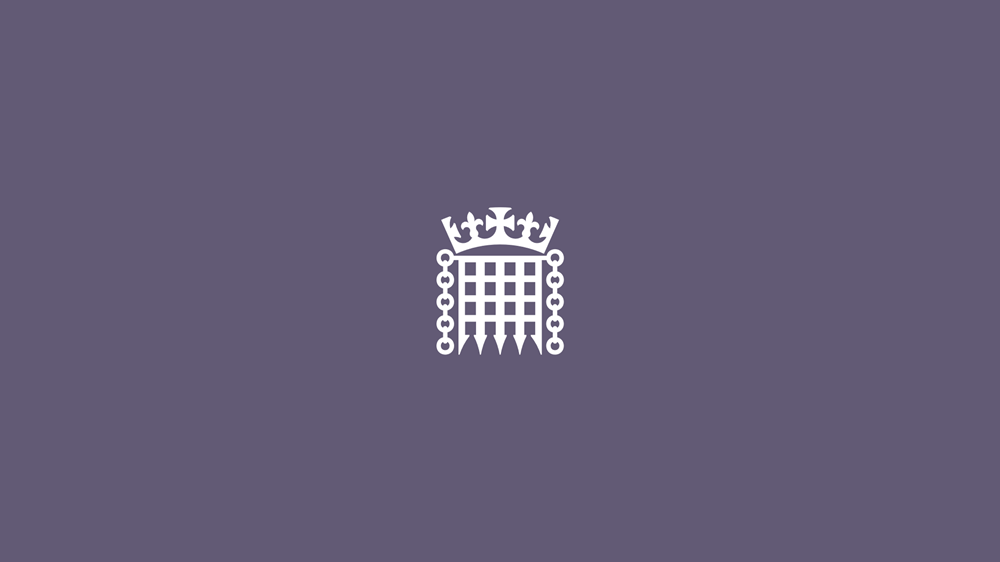Public Accounts Committee publishes report on reorganising central government bodies
24 April 2012
Public Accounts Committee publishes report which, on the basis of evidence from the Cabinet Office, the Department for Business, Innovation and Skills and the Ministry of Justice, examined changes to arm's length bodies across government
Comment from the Chair
The Rt Hon Margaret Hodge MP, Chair of the Committee of Public Accounts, today said:
"We have substantial concerns about the robustness of the Government's claim that its programme to cut the number of its arm's length bodies will result in administrative savings of £2.6 billion.
This figure is based on incomplete and imprecise estimates from departments on the savings made and costs incurred.
Some of the claimed savings may amount to no more than cuts in services, rather than constituting genuine savings resulting from administrative reorganisations. The estimated costs of closing bodies, including payments for redundancies and pensions, are incomplete. And not enough account has been taken of the continuing additional costs to other parts of government of taking on functions previously carried out by the abolished bodies.
We welcome therefore the Cabinet Office's undertaking to provide us this month with a revised administrative savings figure.
Decisions on individual reorganisations have so far been made solely at departmental level. Clear central direction has been absent. The Cabinet Office must get to grips with the programme's overall costs, benefits and key risks.
It's early days for the programme but the question must be asked how we or the Cabinet Office will be able to judge its overall effectiveness. The Cabinet Office needs to develop a clear set of measurable objectives supported by reliable information."
Margaret Hodge was speaking as the Committee published its 77th Report of this Session which, on the basis of evidence from the Cabinet Office, the Department for Business, Innovation and Skills and the Ministry of Justice, examined changes to arm’s length bodies across government.
Under the Public Bodies Reform Programme (the Programme), the Government is reducing the number of its arm’s length bodies from 904 to between 632 and 642 by the end of the current Spending Review period. The closure of at least 262 bodies across government is the largest restructuring of public bodies for many decades, and will have a substantial and lasting impact on how public money is spent.
The Cabinet Office is the department responsible for overseeing the Programme, and the main statute governing the abolition and reorganisation of bodies is the Public Bodies Act 2011. The Programme is intended to improve accountability for functions currently carried out at arm’s length from Ministers and make spending on those activities more accountable to Ministers. It is also designed to result in substantial net financial savings of £2.6 billion in administrative spending by 2015.
The Cabinet Office told us it was on track to make £2.6 billion of administrative savings. However, we have substantial reservations about the robustness of the claimed £2.6 billion savings figure. It is based on incomplete and imprecise estimates from departments of the savings and costs they expect to result from closing arm’s length bodies. Our key concerns are that:
- there is a risk departments are claiming savings which are actually cuts to services, when they should be including only genuine savings arising from administrative reorganisations
- estimates of transition costs such as redundancy and pension costs are incomplete
- the savings estimate does not fully take account of the ongoing costs to other parts of government of taking on functions being transferred from abolished bodies
- some departments have wrongly included wider savings from bodies being retained, rather than just administrative savings from bodies being abolished or substantially reformed.
The Cabinet Office has accepted that its savings estimate needs to be reassessed, and we welcome its undertaking to ‘rebase’ its estimates in order to provide us with a revised administrative savings figure in April 2012. We will expect the revised savings estimate to address the concerns outlined above.
We acknowledge that the Cabinet Office and departments have put much effort into getting the Programme up and running. They have made good initial progress, in particular by ensuring the successful passage of the Public Bodies Act and reviewing over 900 bodies in order to decide which need to be reorganised. This means the groundwork for the Programme, to bring spending closer to Ministers and deliver significant cost savings, has been achieved.
However, the Cabinet Office now needs to focus on managing the Programme effectively to ensure intended outcomes are achieved. It needs to give departments a clearer lead on issues common to all reorganisations, especially complex matters such as transfers of pension liabilities, and to challenge departments on their progress in managing costs and realising the asserted benefits of reorganisations.
Departments have decided on the form of individual reorganisations themselves without clear direction from the centre, leading in some cases to inconsistent treatment of bodies with similar functions. There needs to be greater coherence in how future reorganisations are conducted and clear criteria to guide decision making about the structures that bodies should adopt.
We are concerned that departments may not be getting the best value for money from the sale or transfer of assets of bodies being abolished. Some of these bodies, such as the regional development agencies (RDAs) and British Waterways, have significant asset holdings and it is vital that maximum value from the disposal of such assets is secured for the taxpayer.
Our examination of the Programme has taken place early in its implementation, and we will revisit it to see if savings have in fact been made and other objectives achieved. However, before then the Cabinet Office will need to develop a clear set of measurable objectives, supported by reliable information, against which the actual impact of the changes can be evaluated. Without these, it is difficult to see how we or the Cabinet Office will be able to judge the overall effectiveness of the Programme.
